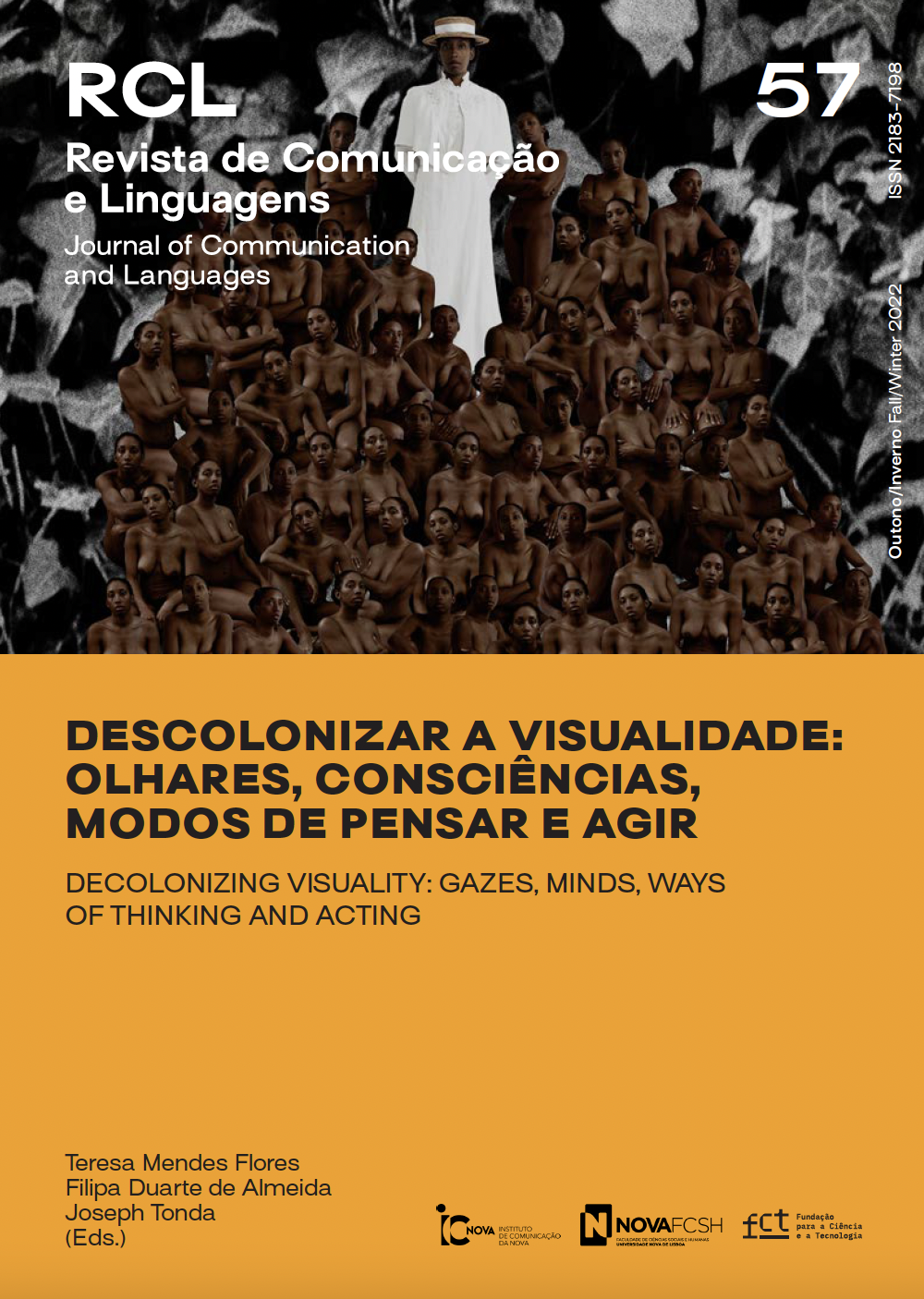Thinking-images of the Brazilian Indigenous in the Film Rituais e Festas Bororo, by Luiz Thomaz Reis (1917)
Abstract
This article is based on two frames of a shot of the film Rituais e Festas Bororo (1917), one of the first ethnographic films in the world, directed and photographed by Ma-jor Luiz Thomaz Reis (1879-1940), a cameraman for the Rondon Commission, a scientific and colonising expedi-tionary Project led by Marechal Cândido Rondon in the first decades of de the 20th century. The frames serve as a starting point for an exercise in crossing images (Samain 2012) through which we seek to access a thinking activ-ity of the images themselves, from their inter-iconicity (Courtine 2013), that is, from their networks of memo-ries in visual culture, accessing images under images, in a gesture of documentation by montage. The goal is to un-derstand the pictures of the film as a “memory of mem-ories, a large Garden of living archives, more than that, a ‘survival’, a ‘supervival’” (Samain 2012, 22), capable of revealing “in terms of symptomatical and phantasmati-cal” (Didi-Huberman 2013, 55) the resurgence of traces of an imagery regime of the Brazilian indigenous.
Copyright (c) 2022 Revista de Comunicação e Linguagens

This work is licensed under a Creative Commons Attribution-NonCommercial 4.0 International License.


